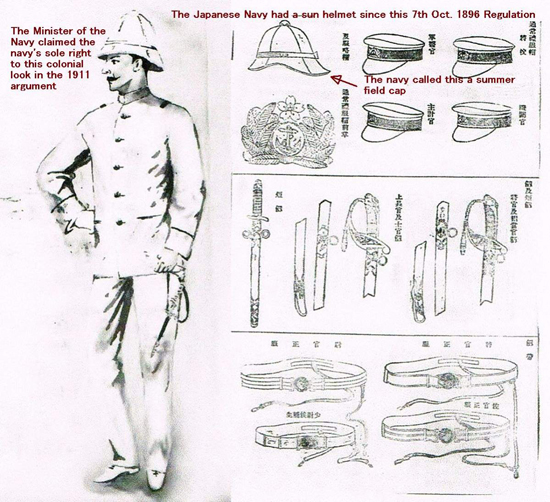
Photo: Imperial War Museum
Today the sun helmets and other tropical headgear utilized by the Ottoman Empire before and during World War I remains somewhat of a mystery. One factor that is so few pieces have survived and the photographic evidence suggests that a variety of patterns were used.
Our colleague and friend Dr. Chris Flaherty chronicled the various patterns for these, but now a new photo and some insight from the Imperial War Museum may shed a bit more light on the Ottoman “Sun Helmet.” Continue reading






